Tails are far more than decorative add-ons. In many vertebrates they act as counterweights, rudders, fifth limbs, blankets, signal flags, or mobile food stores, depending on what survival demands. Below you’ll meet ten wild species whose extra-long tails showcase evolution’s engineering genius—each adapted to a particular lifestyle, habitat, and challenge.

Tail statistics: about three times the lizard’s snout-to-vent length; laterally compressed like an oar.
Why so long?
Aquatic propulsion – side-to-side sweeps work as a powerful scull.
Escape strategy – when threatened the dragon dives from tree branches into water, tail first.
Whiplash defense – sharp flicks can deter predators.
Walking stability – acts as a pivot to balance its high stance.
Niche & range: riverbank forests of Vietnam, Laos, Cambodia, and southern China—equally at home in canopy and current.
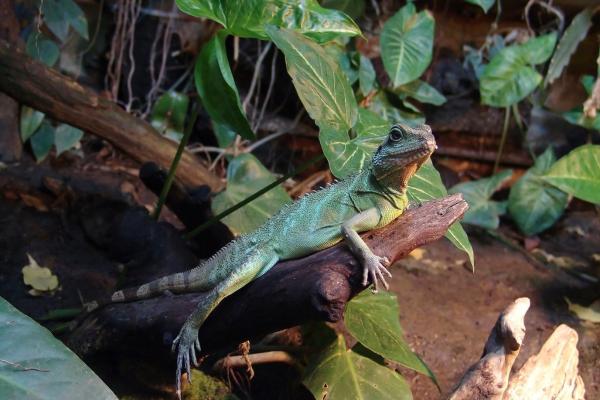
Tail statistics: up to 200 % of head-body length, prehensile and highly muscular.
Key functions
Night-time suspension from twigs while feeding on nectar and insects.
Winter energy storage—fat swells the tail base like a tiny “back-up battery.”
Found in the cool, wet upland forests of eastern Australia, this marsupial can literally hang out while conserving energy during alpine winters.
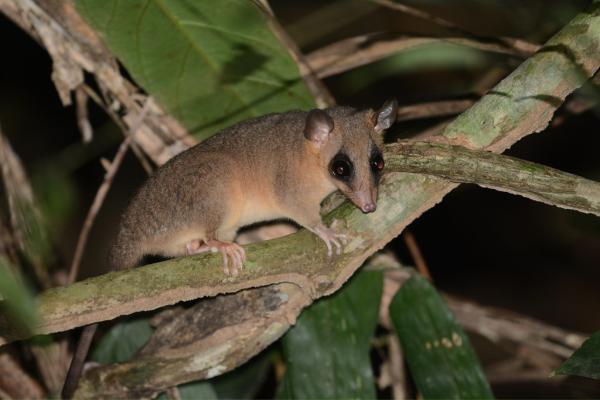
Tail statistics: varies by species; the red kangaroo’s can reach 1.1 m.
Biomechanical tricks
Springboard – pressed to the ground as a third leg before each bound.
Counterbalance – stops the torso pitching forward mid-air.
Tripod gait – when moving slowly, tail and forelimbs share the load so the hind feet can reposition.
Evolutionary trade-off: the huge tail relieved the hind feet of some roles, so toes one, two, and three have shrunk or disappeared.
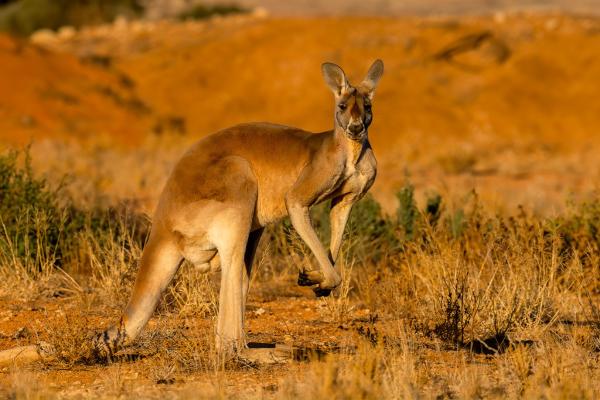
Tail statistics: up to 45 cm, matching the body in length and volume.
Uses
Arboreal tight-rope walker: tail tilts in vertical climbs, levels out during leaps.
Counterweight while dining—frees both forepaws for seed handling.
This Southeast Asian giant is the heavyweight champion of tree squirrels, yet glides through the canopy with balletic poise.
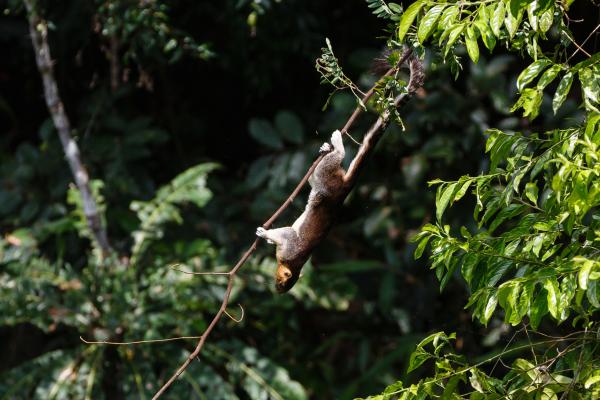
Tail statistics: approximately half of total length, fractionally longer in females.
Uses
A gyro while sprinting or making lateral hops across sandy ground.
Though called a “shrew,” it is closer to Elephants-Are-Endangered.html">elephants on the mammal family tree; its long tail helps this 60-gram sprinter zig-zag past lizards and raptors.
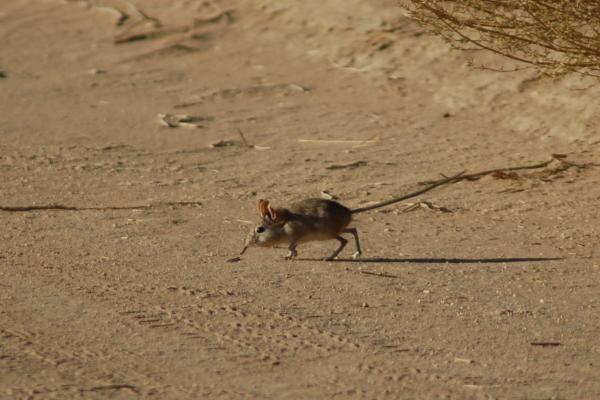
Tail statistics: up to 50 cm, armored with bone plates.
Uses
Prop support when rearing on hind legs to sniff the air.
Balance beam while excavating termite mounds—similar to a construction crane’s counterweight.
Courtship signaller—tail waves spread scent from glands at the base.
At 30 kg, it is the heaviest of the armadillos and a powerful ecosystem engineer in South American savannas.

Tail statistics: averages 1.5 m, about three times body length, densely furred.
Why the “feather duster”?
Support – planted on the ground while claws tear open nests.
Blanket – curls over the anteater when it sleeps, trapping warmth and masking scent.
The tail’s shaggy edge often collects grass and twigs, making the animal look like a roaming haystack—handy visual camouflage on open pampas.
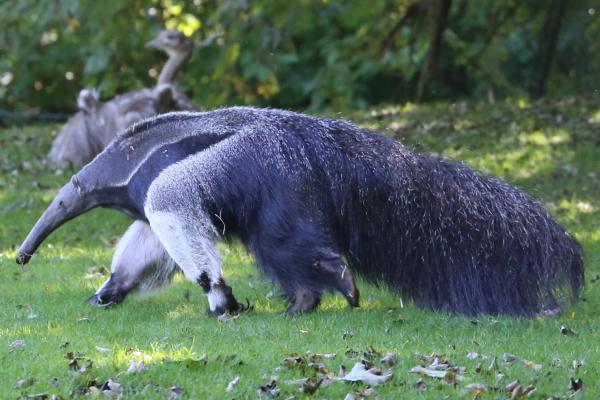
Tail statistics: 15 cm of its 22 cm total length.
Key functions
Aerial rudder during leaps powered by elongated hind legs.
Tail tip flick reduces landing torque, preventing ankle twists.
Dark dorsal stripe runs from nose to tail, and sparse hair reveals a bi-colored, scale-ringed surface—adapted to the damp prairies of North America.
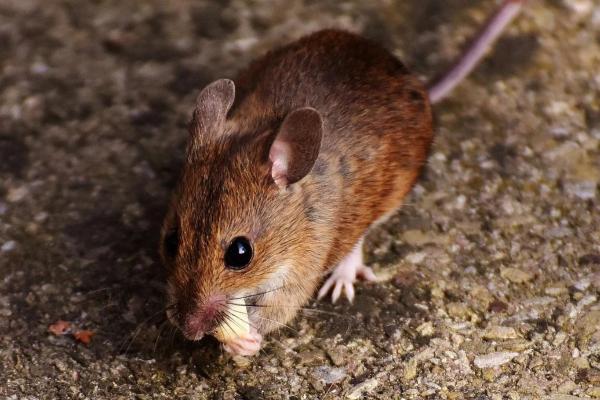
Tail statistics: equals the 40 cm body length; plush and bushy.
Role in survival
Acts as a light ballast among flexible reeds and papyrus near Lake Alaotra, Madagascar.
Social flag—tail postures reinforce dominance signals within groups.
Severe habitat loss has pushed this lemur to Critically Endangered status, making each tail flick a poignant reminder of conservation urgency.
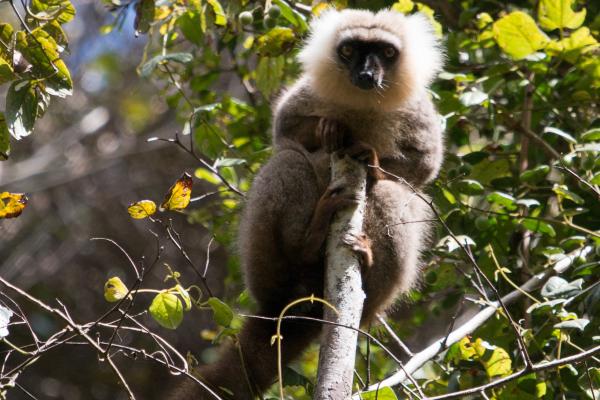
Tail statistics: up to 85 cm, sporting a long, white, tasselled tip.
Functions
Semi-prehensile grip while leaping in African gallery forests.
High-contrast visual cue—helps troops maintain cohesion in dense foliage.
The elegant “paint-brush” tail also features in territorial displays; males shake it to accent their booming calls.
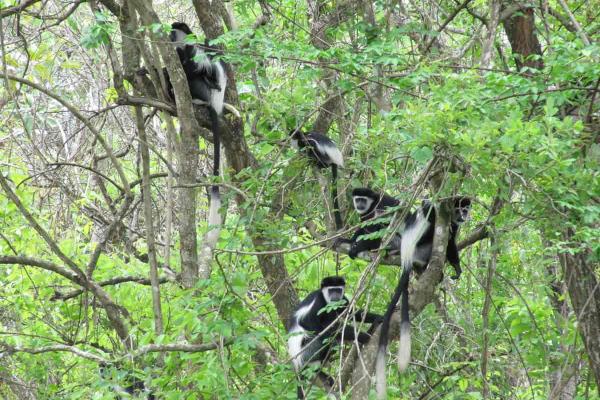
| Function | Representative species | Survival payoff |
|---|---|---|
| Balance & Steering | Kangaroo, Jumping mouse | Efficient locomotion, rapid maneuverability |
| Climbing Grip | Long-tailed pygmy possum, Guereza | Exploiting food sources high in canopy |
| Thermal Insulation | Giant anteater | Night-time warmth, scent masking |
| Aquatic Propulsion | Indochinese water dragon | Rapid river escapes, niche expansion |
| Communication | Giant armadillo, Lemur | Mating success, group coordination |
In short, a long tail is evolution’s Swiss-army knife: by extending the body’s lever arm, animals gain stability, speed, or a new mode of interaction with their world. Next time you spot a sweeping plume behind a squirrel or a kangaroo, remember—it’s not just for show; it’s a masterwork of natural design fine-tuned for survival.
Stay tuned to our wildlife portal for more deep dives into the remarkable adaptations that let Earth’s creatures thrive in every corner of the planet.
Bibliography
Schweighoefer, K. (1999). Cercartetus caudatus. Available at: https://animaldiversity.org/accounts/Cercartetus_caudatus/
Carter, T. S., Superina, M., & Leslie, D. M. (2016). Priodontes maximus (Cingulata: Chlamyphoridae). Mammalian Species, 48(932), 21-34.
Department of Biology, University of Wisconsin (s.f) Zapus hudsonicus - Meadow Jumping Mouse. Available at: https://www3.uwsp.edu/biology/VertebrateCollection/Pages/Vertebrates/Mammals%20of%20Wisconsin/Zapus%20hudsonicus/Zapus%20hudsonicus.aspx
Beatty, R., Beer, A., & Deeming, C. (2010). The book of nature. Great Britain: Dorling Kindersley.
animal tags: Animals Long Tails
We created this article in conjunction with AI technology, then made sure it was fact-checked and edited by a Animals Top editor.